Katsushika Hokusai
Katsushika Hokusai remains one of Japan’s most celebrated artists, whose work has transcended cultural boundaries to influence art across the globe. Best known for his iconic woodblock print series Thirty-Six Views of Mount Fuji, Hokusai’s legacy extends to his innovative use of sketchbooks, which served as a vital tool in refining his art. In this blog, we’ll explore the fascinating life of Hokusai, his mastery of ukiyo-e and calligraphy, and the profound role his sketchbooks played in his artistic journey.
The Early Life of Katsushika Hokusai
A Humble Beginning
Born in 1760 in Edo (now Tokyo), Katsushika Hokusai demonstrated an early interest in art. At the age of 14, he began his apprenticeship in woodblock engraving, where he developed the foundational skills that would later define his ukiyo-e masterpieces.
Artistic Evolution and Identity
Hokusai was a restless innovator, changing his artistic name over thirty times throughout his life. This frequent reinvention mirrored his ceaseless exploration of artistic styles, subjects, and media, from ukiyo-e to calligraphy and beyond.
Hokusai’s Mastery of Ukiyo-e
What Is Ukiyo-e?
Ukiyo-e, meaning “pictures of the floating world,” is a traditional Japanese art form that gained popularity during the Edo period. It typically features landscapes, historical tales, kabuki actors, and scenes of everyday life.
Hokusai’s Revolutionary Approach
Hokusai elevated ukiyo-e to new artistic heights. His depiction of landscapes, particularly in The Great Wave off Kanagawa, demonstrated a skillful interplay of linework, perspective, and color. His unique interpretation of natural elements inspired countless artists and remains a hallmark of Japanese art today.
The Role of Calligraphy in Hokusai’s Art
A Fusion of Art and Script
Calligraphy was another avenue where Hokusai excelled. His brushwork was not just a tool for writing but an expressive medium that complemented his visual art. The bold and fluid strokes in his calligraphy often mirrored the rhythmic compositions found in his ukiyo-e prints.
Calligraphy as a Study in Movement
Hokusai’s calligraphy displayed a dynamic quality akin to the movements captured in his sketches of nature and human life. His ability to merge text and imagery brought a multidimensional appeal to his work.
Hokusai and His Beloved Sketchbooks
Sketchbooks: A Window into His Process
Hokusai’s sketchbooks, often referred to as Hokusai Manga (no relation to modern Japanese comics), were compilations of his drawings that showcased his incredible range as an artist. These volumes featured studies of landscapes, animals, people, and even fantastical creatures.
Tools for Experimentation
Hokusai utilized sketchbooks not merely as repositories for finished work but as experimental grounds for honing his craft. They reveal how he studied anatomy, motion, and perspective—traits that set his art apart from his contemporaries.
A Record of Everyday Inspiration
For Hokusai, sketchbooks were portable studios. Whether observing the flight of birds or the intricacies of a flower, he used them to capture fleeting moments that would later enrich his larger compositions.
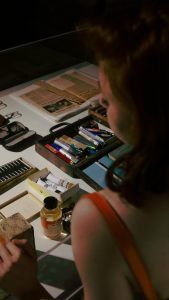
Sketchbooks.org | TIPS AND HACKS
Make a Creative Work Area for Artwork
Boost Your Sketching Inspiration Creating a dedicated work area for your artwork can transform your creative process and ignite your sketching inspiration. A thoughtfully designed space not only fosters productivity but also enhances your artistic...
Themes and Subjects in Hokusai’s Sketchbooks
Nature Studies
Hokusai’s deep admiration for nature is evident in his sketchbooks. From detailed renderings of waves to depictions of flora and fauna, his work reflects both scientific curiosity and artistic flair.
Human Figures and Daily Life
The sketchbooks also contain countless studies of human figures in various poses and activities. These sketches provide a vivid portrayal of Edo-period Japan, capturing scenes of daily life with remarkable authenticity.
Fantasy and Imagination
Beyond realism, Hokusai’s sketchbooks venture into the fantastical. Dragons, mythological creatures, and surreal landscapes populate these pages, showcasing his boundless creativity.
The Influence of Hokusai’s Sketchbooks on Modern Art
A Source of Inspiration
Hokusai’s sketchbooks have inspired artists worldwide. Figures such as Vincent van Gogh and Claude Monet drew upon his work, particularly his treatment of line, perspective, and composition.
Legacy in Art Education
Today, Hokusai’s sketchbooks serve as invaluable teaching tools in art schools globally. They exemplify the importance of observation, experimentation, and the iterative process in artistic development.
Tips for Aspiring Artists Inspired by Hokusai
1. Keep Your Sketchbook Handy
Like Hokusai, treat your sketchbook as an extension of yourself. Capture your ideas, no matter how small, and revisit them later for further development.
2. Observe the World Around You
Take inspiration from everyday scenes, whether it’s the natural world, urban landscapes, or human interactions. Sketching from life builds foundational skills and enriches your artistic vocabulary.
3. Embrace Experimentation
Hokusai’s work reminds us that art is a journey. Don’t be afraid to explore different styles and techniques in your sketchbooks—they’re a safe space for discovery.
Conclusion
Katsushika Hokusai’s legacy as a legendary Japanese artist is deeply intertwined with his mastery of ukiyo-e, calligraphy, and his prolific use of sketchbooks. These unassuming tools were central to his artistic process, enabling him to experiment, refine, and ultimately revolutionize the world of art. His sketchbooks stand as a testament to the enduring power of observation, creativity, and hard work.
For modern artists and enthusiasts alike, Hokusai’s sketchbooks offer a wealth of inspiration. They encourage us to embrace the joy of exploration, the discipline of practice, and the beauty found in the everyday. So, pick up your sketchbook, channel your inner Hokusai, and let your creativity flow.
Ready to Share Your Work?
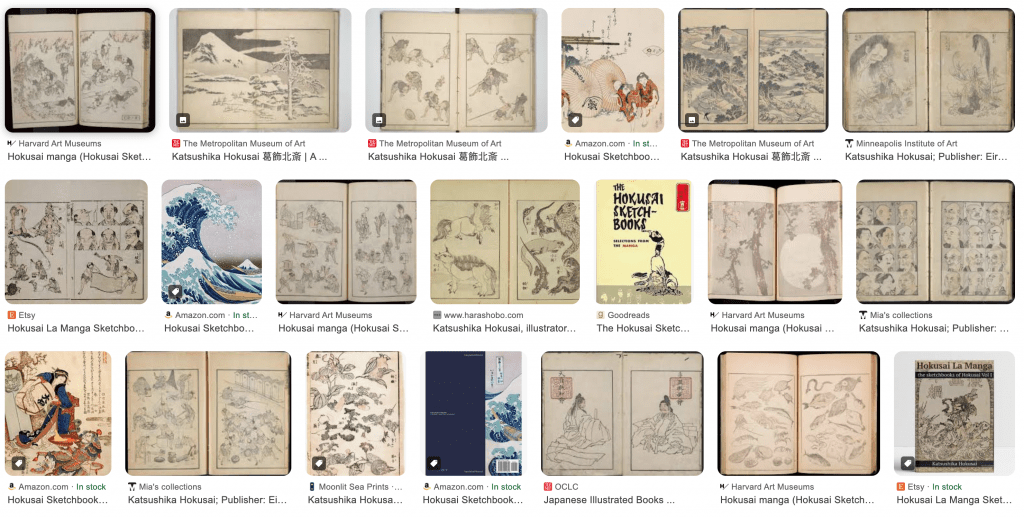
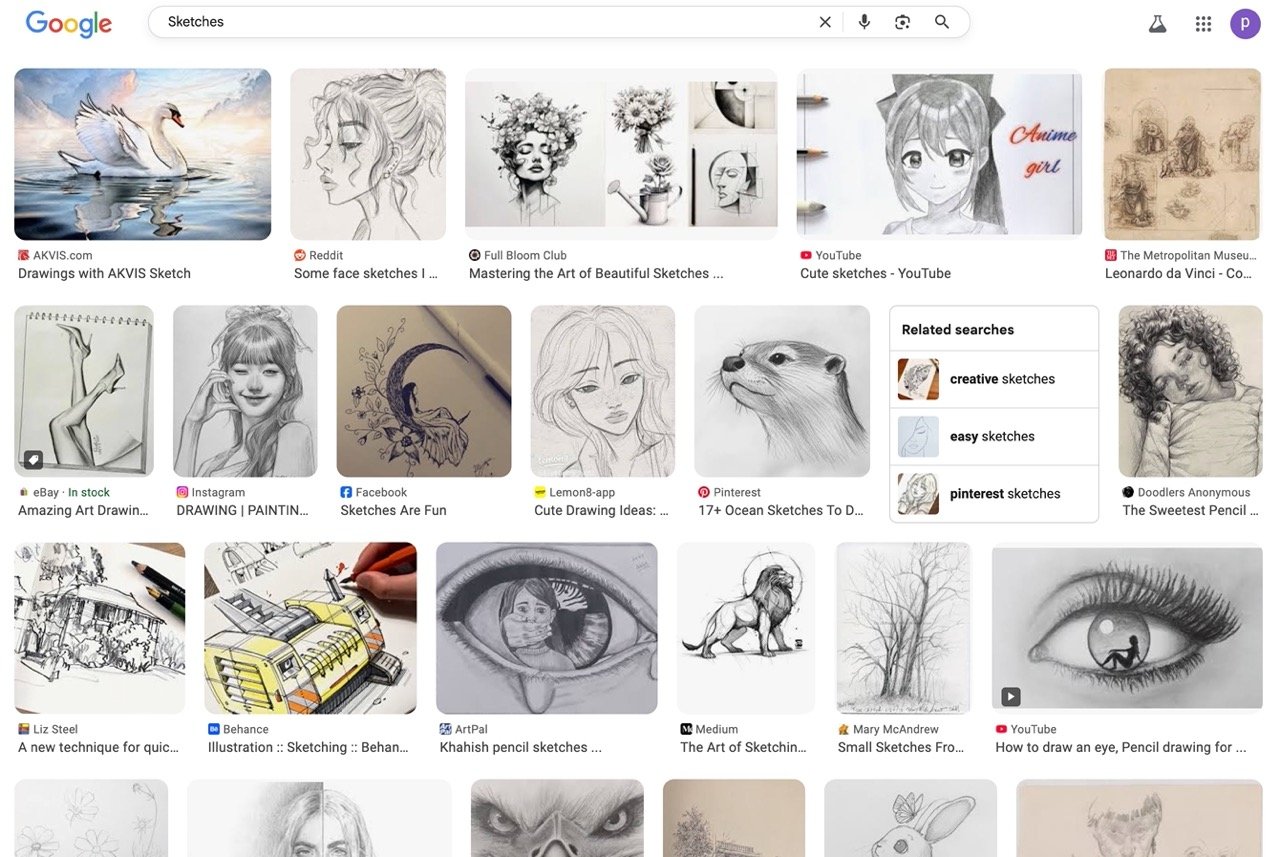

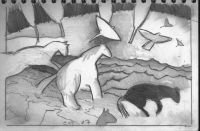
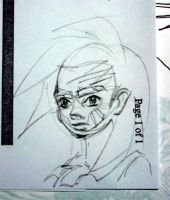
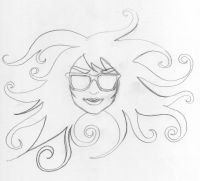
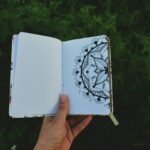

I’m struck by how his work flowed between realism and the fantastical—he wasn’t bound to either.
I’ve seen Hokusai’s influence in my favorite illustrators and didn’t even realize it. He’s everywhere—and now I know why.
Every artist has a visual diary. Hokusai just happened to make his a legend.